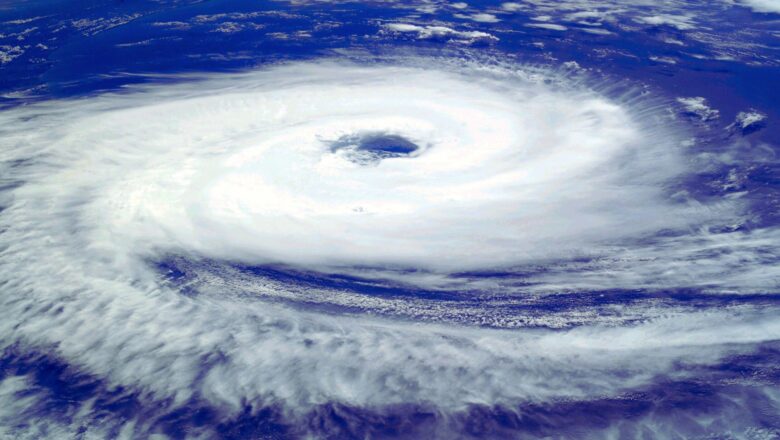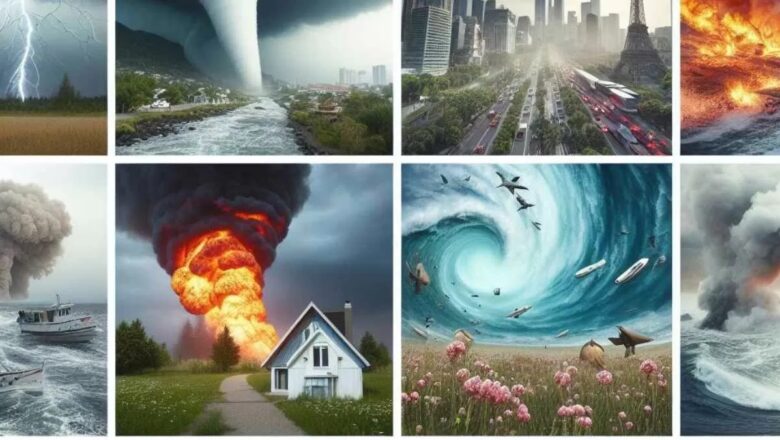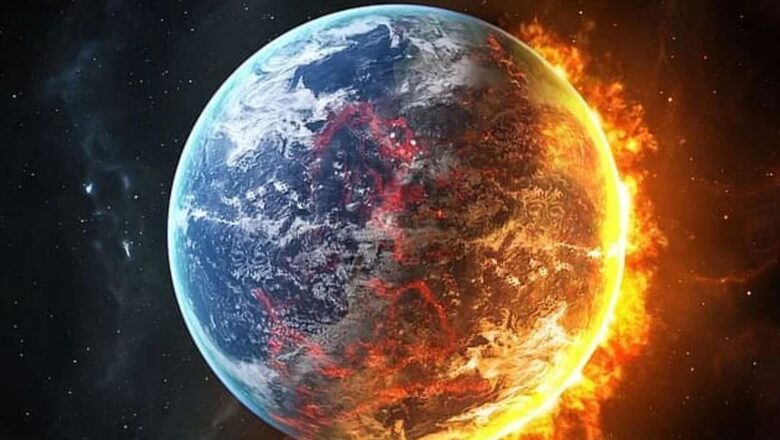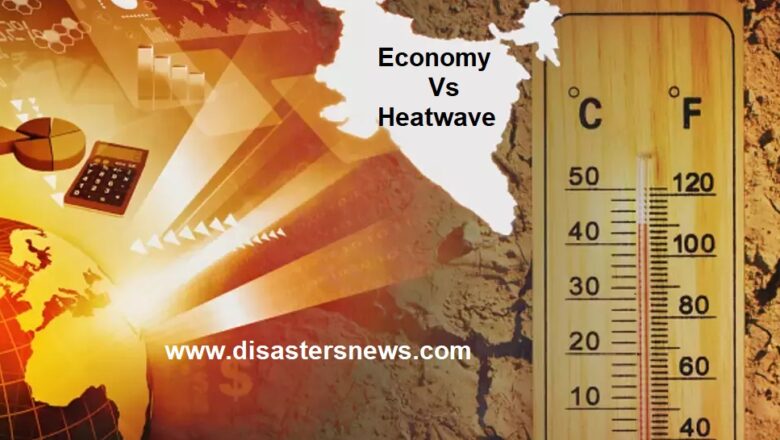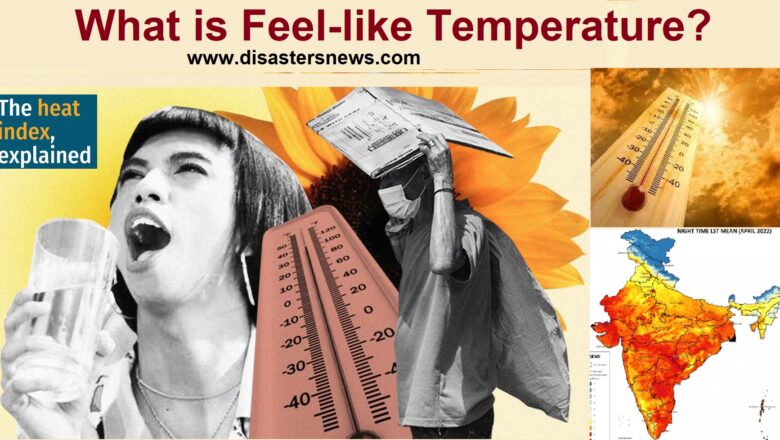
Climate Disasters Cause Economic Losses in Billions For India, Urgent Need for District-Specific DRR Solutions
Climate change is intensifying disasters globally, with India ranking among the most affected countries. With rising economic losses and vulnerability, India urgently needs proactive, localised disaster management strategies, resilient infrastructure, and tech-driven solutions. Strong public-private partnerships and community engagement are vital to mitigate risks and safeguard the nation’s future.
Climate change is killing us in unimaginable ways at far more intensity and scale than the kind of responses we deploy to deal with the crisis. Almost all credible studies and reputed institutes indicate alarming levels of rise in climate disasters and natural calamities across the world. Despite global climate action efforts and some level of concerted efforts, economic implications of clim...


